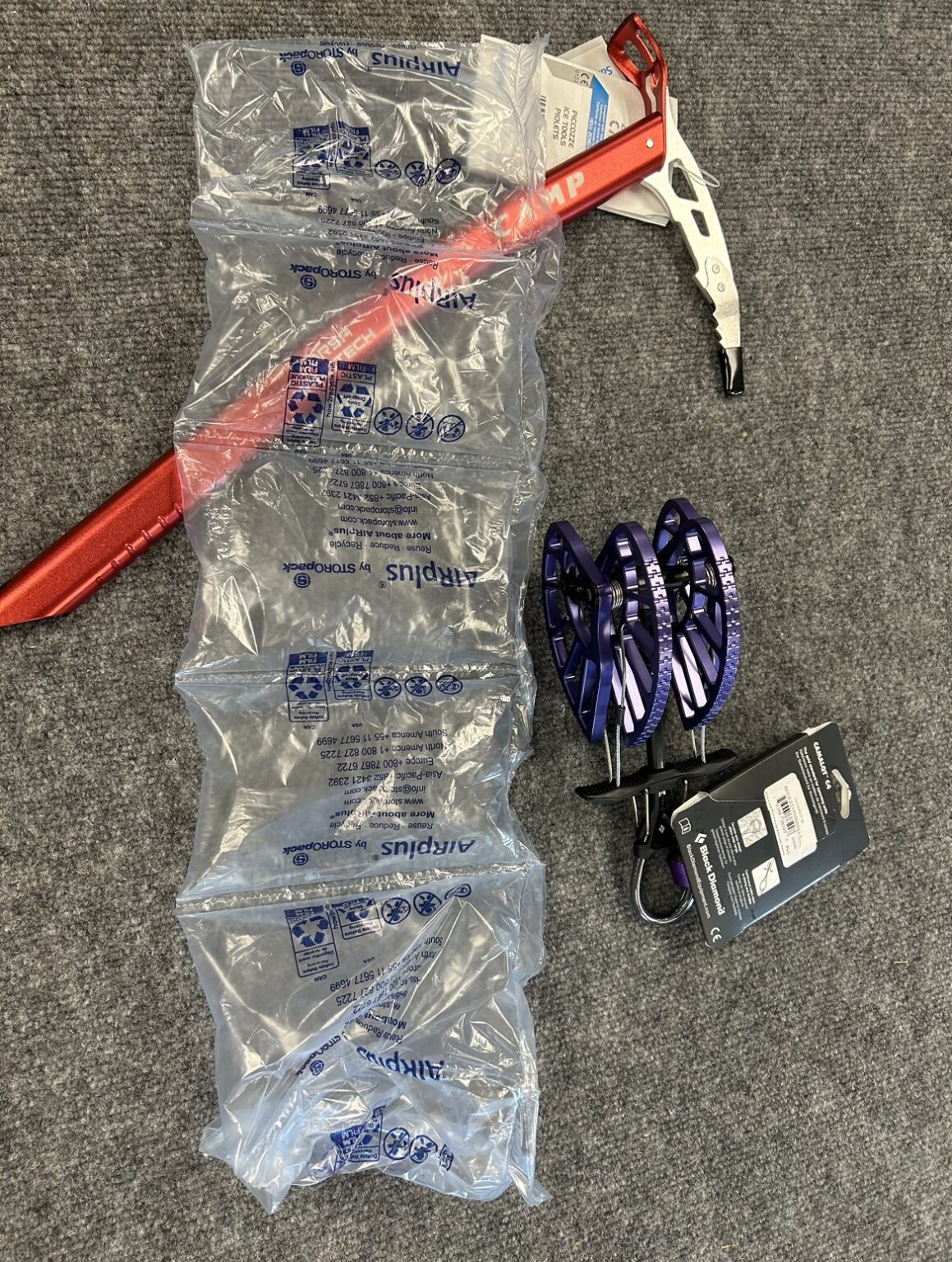It’s as iconic as Mount Rainier, El Capitan or Denali, but maybe not quite as inspiring.
It is the plastic bag dancing in the wind through the desert. It is the plastic, single-use water bottle jammed in the rocks next to a scenic viewpoint. It is the plastic clamshell container laying in the bushes outside an overpriced food concessionaire in a National Park.
Single-use plastic is everywhere.
A long-standing narrative is that plastic can be recycled and reused. Unfortunately, though, studies show that only 10% of the plastic produced in the United States is recycled.
The rest — at least the rest that is disposed of properly — ends up in landfills or incinerators.
Incredible amounts of plastic break down in the environment. It does not decompose. Instead, it just gets smaller and smaller, to the point where it becomes a microplastic or a nano-plastic, and enters the food chain.
These tiny pieces of plastic have been found everywhere: From the oceans to the Arctic, and from seafood to the human intestinal tract.
It is not clear how much the consumption of microplastics is impacting plant, animal and human life. What is clear, though, is how larger plastics impact animal life and habitat.
We’ve all heard about sea turtles stuck in plastic six-pack rings. We’ve seen images of whales with plastic bags in their stomachs. And we’ve heard about birds mistaking plastic for food and feeding it to their chicks.
This is a problem, and those who work in the outdoor sphere and in the policies that surround it have taken note. Over the last several years there has been a concerted effort to decrease single-use plastic waste on our public lands.
In 2011, the Obama administration asked the National Park Service to curb the sales of drinks in single-use plastic bottles. In 2017, the Trump administration halted the rule, stating that a minority of the parks had adopted the plan.

Then, last June, Secretary of the Interior Deb Haaland announced a much stronger measure than the one put into place by the Obama administration. The order will phase out all single-use plastic waste in the nation’s national parks and wildlife refuges by 2032.
The best thing for our public lands would be a shorter phase-out. It is believed that while the administration would like to move more quickly, they are bound by contractual agreements with vendors that don’t provide much flexibility.
Most of these agreements will need to be renewed over the next decade, at which point administrators can add more restrictive language about single-use plastics for contractual renewals.
The outdoor industry has also taken note of this problem. At the forefront of the industry’s response to single-use plastic is the incorporation of recycled ocean plastics into products. A handful of brands have started to do this, including Patagonia, PrimaLoft, Helly Hansen, LIVN, Rockay and Got-Bag.
The Outdoor Retailer Show, an industry trade show with 20,000-plus attendees, has tried to raise awareness about the plastics issue. In 2019, the Denver venue didn’t sell any single-use soda or water bottles in its vending machines or at its food courts.
This movement, inspired by the Plastic Impact Alliance — an organization with a mission to reduce single-use plastic in the outdoor industry — provided the impetus for brands to start looking at a much bigger issue within the industry.
Most outdoor products are shipped in single-use plastic sheets and are protected by plastic polybags. These “balloon bags” found in shipping boxes are ubiquitous in the product transportation industry.
In the spring of 2022, a three-month experiment was initiated in Boulder, Colorado, at the Pearl Street Mall — a place with several outdoor companies.
Eleven brands participated in the effort, each paying for a weekly recycling pick-up. The program collected nearly 75,000 bags in that short period. From the information gathered, they were able to determine that globally, these brands were responsible for 4.5 million polybags equaling 55,000 pounds per year. Considering the number of outdoor brands that exist, it’s reasonable to believe their combined use of polybags is having a considerable impact on the environment.
We’re only now coming to understand how big the polybag problem is in the outdoor industry. Recycling is still hard to come by as polybags are not accepted municipally. But some brands are still taking the lead and making changes. Some are using lighter-weight bags to create less plastic, while others are incorporating plastic-free shipping alternatives. But clearly, there is a lot of room for improvement.
Single-use plastic is a massive issue for our outdoor spaces, for our planet and potentially for the future of our species.
As consumers, we can choose to buy products that don’t incorporate single-use plastic, and we can continue to ask those who provide us with all our products to reduce the amount of single-use plastic they incorporate into all aspects of their operations. We can all do better.





